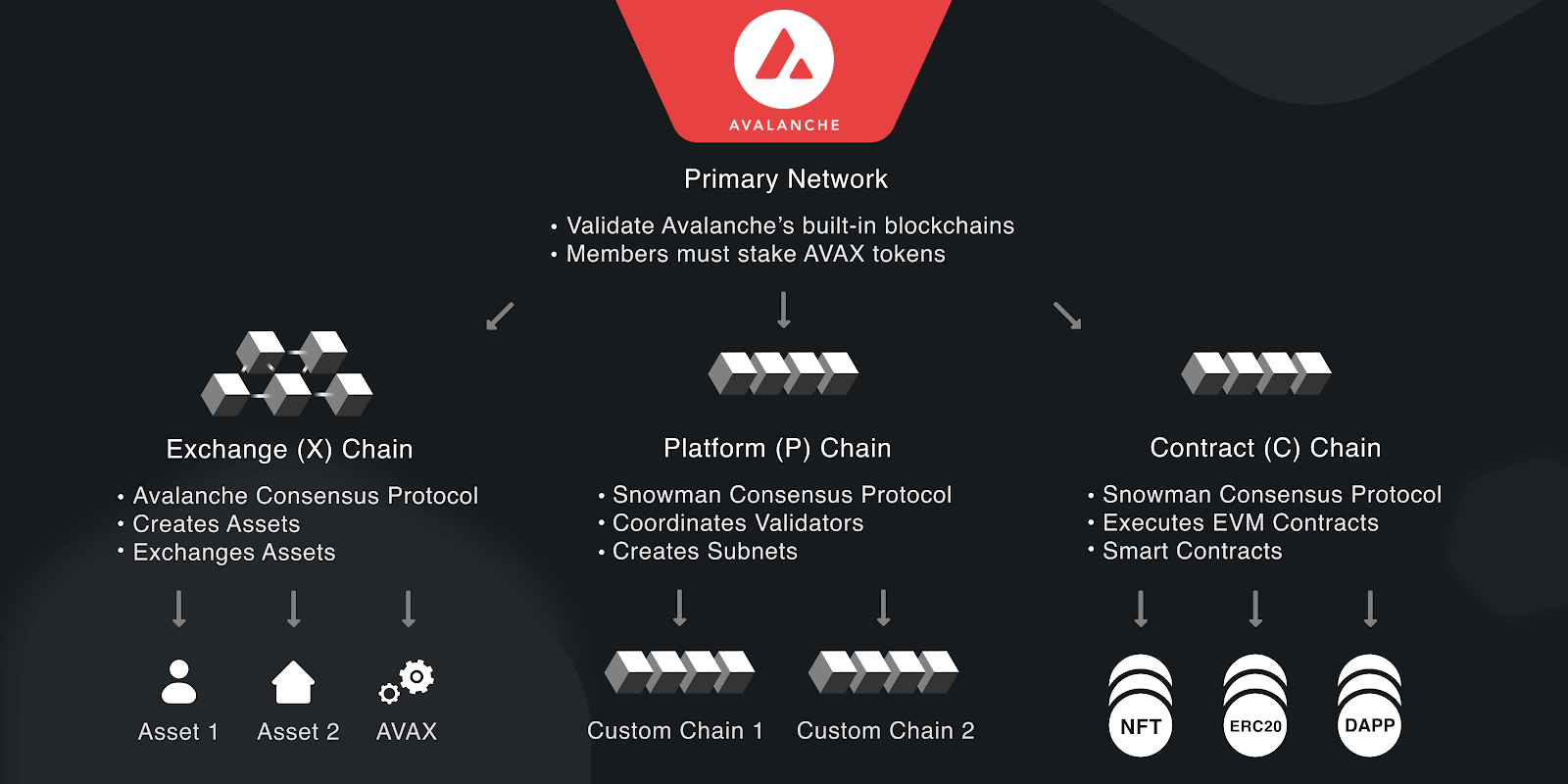Avalanche Token and AVAX Transfers, Open analytics


Avalanche is a relatively new blockchain platform that has gained significant attention in the world of cryptocurrency and decentralized finance. Launched in September 2020, Avalanche aims to solve the scalability and interoperability challenges that have plagued many of the earlier blockchain platforms. It achieves this through a novel consensus mechanism known as Avalanche consensus, which allows for fast and efficient transaction processing, while maintaining a high level of security and decentralization.
One of the key features of Avalanche is its support for a wide range of virtual machines, including Ethereum, allowing for seamless integration with existing decentralized applications (dApps) and smart contracts. Additionally, Avalanche supports the creation of new custom assets, enabling developers to launch new tokens and assets on the platform.
With its high throughput, low transaction fees, and robust security, Avalanche has quickly become a popular choice for both developers and users of decentralized applications. Its native token, AVAX, has also seen significant price appreciation, making it an attractive investment opportunity for cryptocurrency enthusiasts. In this rapidly evolving blockchain landscape, Avalanche is definitely a project to watch closely.
AVAX is the native token of the Avalanche blockchain, a fast and highly scalable platform for creating and exchanging digital assets. The AVAX token serves several critical functions within the Avalanche ecosystem, including providing a means of payment for transaction fees, incentivizing validators to secure the network, and serving as collateral for the creation of new assets.
One of the most significant advantages of the AVAX token is its low transaction fees, which are significantly lower than those of many other popular blockchain platforms. This makes it an attractive option for users who want to transact with digital assets without incurring high fees.
In addition to its utility as a means of payment, the AVAX token also serves as a store of value and can be easily traded on a variety of cryptocurrency exchanges. Its high liquidity and low volatility make it an attractive investment opportunity for those looking to invest in the cryptocurrency market.
Furthermore, AVAX token holders can also earn staking rewards by participating in the consensus process and helping to secure the network. This staking mechanism incentivizes users to hold and stake their tokens, which helps to maintain the security and decentralization of the Avalanche blockchain.
Overall, the AVAX token is an integral part of the Avalanche ecosystem and has significant utility and value within the cryptocurrency space. Its low fees, high scalability, and staking rewards make it an attractive option for users and investors alike, and it will be interesting to see how the AVAX token continues to evolve as the Avalanche platform grows and matures.
we can see that the majority of token activity on the extracted 23-25 dApps is concentrated on the canary, avalaunch, and alpha nodes dApps, with the majority of their activity recorded in 2021. Other dApps that had a considerable portion of transaction, volume, and user activities include Celer Network, Vortex DAO, Mu Coin, Ghost Moon, Binary Cat, and PsiNodes.
In terms of Avalanche network, the avalaunch dApp has the highest number of transactions, volume, and users, followed by canary, binary cat, and psinodes. On the other hand, in Solana network, canary has the highest volume of transactions, followed by avalaunch, alpha nodes, and mu coin.
Looking at the weekly and yearly charts, we can observe fluctuating trends with some spikes on the timeline of each dApp. We can see that the highest number of transactions, volume, and users recorded for a particular dApp occurred in different weeks and years, indicating that each dApp had its peak period of activity. Moreover, we can also see that the number of transactions, volume, and users have decreased significantly from 2021 to 2023 in some dApps.
Overall, this dashboard provides insights into the token activity of the extracted dApps on Avalanche and Solana networks, showing the distribution of transactions, volume, and users among different dApps.